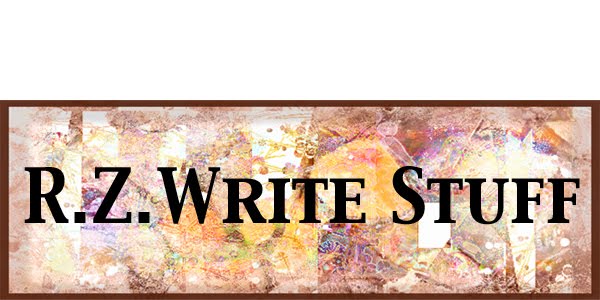 Street Blues.
Street Blues. Computer Photo Montage by Ruth Zachary
of poetry roughly conform to prose structures in the
following ways:
Paragraphs become stanzas or verses.
Sentences may equate to lines in poetry, but more often, lines naturally follow speech rhythms and pauses.
Sentences may become whole stanzas, may start in the middle of a line, or continue into the next stanza.
End stopped sentences end at the end of a line.
Enjambment is a device which continues the sentence into the next line or stanza, and then ends in the middle of a line.
Line breaks effectively indicate phrasing, breathing, or separated thoughts.
Line breaks and long spaces are often used in place of punctuation.
Non-traditional poets sometimes do not capitalize letters or observe full sentence patterns.
Unusual placement of lines on the page may convey sound, imagery or ideas.
Arrangement of punctuation and placement of words may be manipulated for emphasis.
Separated single words or lines draw attention for emphasis. A single separated word may command attention or lead to a new thought in the next line or stanza.
Usually a variety of line lengths, phrases, and sentences are more interesting than repetitious patterns.
A poet may achieve variation in the way lines and stanzas are placed on the page.
Rhythms, musical sounds and kinds of sounds may be used to convey impressions related to meanings. Both end rhymes and internal rhymes are used, but usually not in traditional structures.
Metaphors, both multiple and extended, appear in contemporary poetry.
(This is a quick review of contemporary poetry, and not a complete description of all the many forms that have evolved during the past 100 years.)
Writing and images are the Copyright of Ruth Zachary.

No comments:
Post a Comment